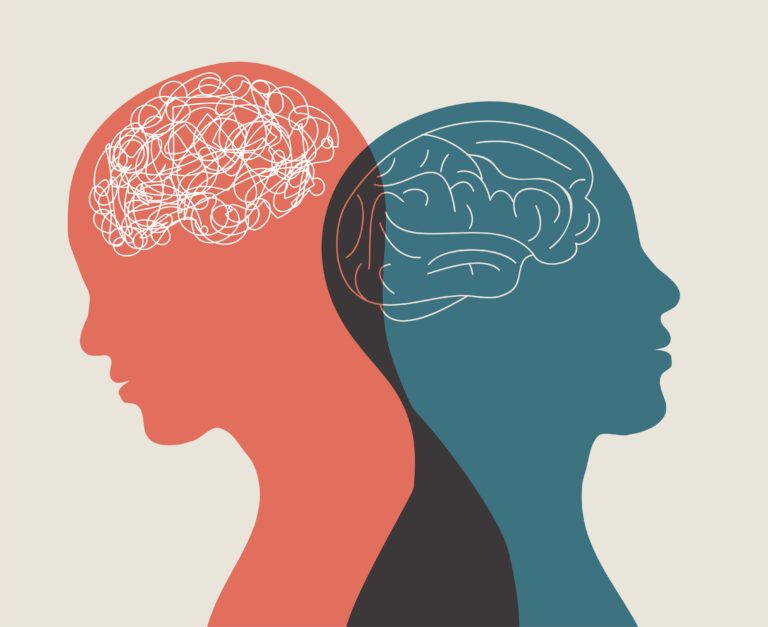Bipolar disorder often creates significant challenges in the lives of those affected, with serious struggles that can impact every aspect of daily living.
Bipolar is characterized by dramatic mood swings, including manic highs and depressive lows, which can occur unexpectedly and disrupt personal, professional, and social functioning. There are four distinct types of bipolar disorder, each with its own set of characteristics that can range from severe manic episodes to debilitating depressive episodes without any apparent warning.
To address these challenges, tailored treatment programs are essential. Learn more about our bipolar disorder treatment programs in Atlanta, designed to meet the unique needs of those navigating this complex condition.
What is Bipolar Disorder?
Bipolar disorder, formerly known as manic-depressive illness, is a brain disorder that leads to unusual shifts in mood, energy, activity levels, concentration, and the ability to carry out day-to-day tasks. There are several types of bipolar disorder, each defined by a pattern of mood episodes marked by intense and distinct periods of mania, hypomania, and major depression. The condition can be managed with a combination of medications, psychotherapy, and lifestyle changes.
Symptoms of Mania
Mania is a period of overly high energy, euphoria, or irritability, and can include several of the following symptoms:
- Increased energy, activity, and restlessness
- Exaggerated sense of well-being and self-confidence (euphoria)
- Decreased need for sleep
- Unusual talkativeness
- Racing thoughts
- Distractibility
- Increased goal-directed activities or physical agitation
- Engagement in activities that hold a high risk for painful consequences, such as unrestrained buying sprees, sexual indiscretions, or foolish business investments
More: How Long Does A Bipolar Manic Episode Last?
Symptoms of Depressive Episodes
Depressive episodes in bipolar disorder present differently than mania and hypomania, typically involving:
- Persistent sad, anxious, or “empty” mood
- Feelings of hopelessness or pessimism
- Irritability
- Decreased energy or fatigue
- Difficulty concentrating, remembering, or making decisions
- Loss of interest in activities once enjoyed, including sex
- Restlessness or trouble sleeping, or sleeping too much
- Changes in appetite and/or weight
- Thoughts of death or suicide, or suicide attempts
- Aches or pains, headaches, cramps, or digestive problems without a clear physical cause and/or that do not ease even with treatment
The 4 Types of Bipolar Disorder
Bipolar disorder is categorized into four basic types, distinguished mainly by the pattern of mood episodes:
- Bipolar I Disorder — This type is characterized by manic episodes lasting at least 7 days, or by manic symptoms that are so severe that immediate hospital care is needed. Usually, depressive episodes occur as well, typically lasting at least 2 weeks.
- Bipolar II Disorder — Defined by a pattern of depressive episodes and hypomanic episodes, but not the full-blown manic episodes that are typical of Bipolar I Disorder.
- Cyclothymic Disorder (Cyclothymia) — Periods of hypomanic symptoms as well as periods of depressive symptoms lasting for at least 2 years (1 year in children and adolescents); however, the symptoms do not meet the diagnostic requirements for a hypomanic episode and a depressive episode.
- Other Specified and Unspecified Bipolar and Related Disorders — Bipolar disorder symptoms that do not match the three categories mentioned above, but are still significant enough to impair daily life and require treatment.
Find Bipolar Disorder Treatment Today!
If you or someone you know is struggling with the highs and lows of bipolar disorder, it’s important to seek professional help. Our specialized Atlanta mental health programs are designed to provide personalized care and support to manage these symptoms effectively. Contact us today to learn more and start on the path to a balanced and healthier life.






